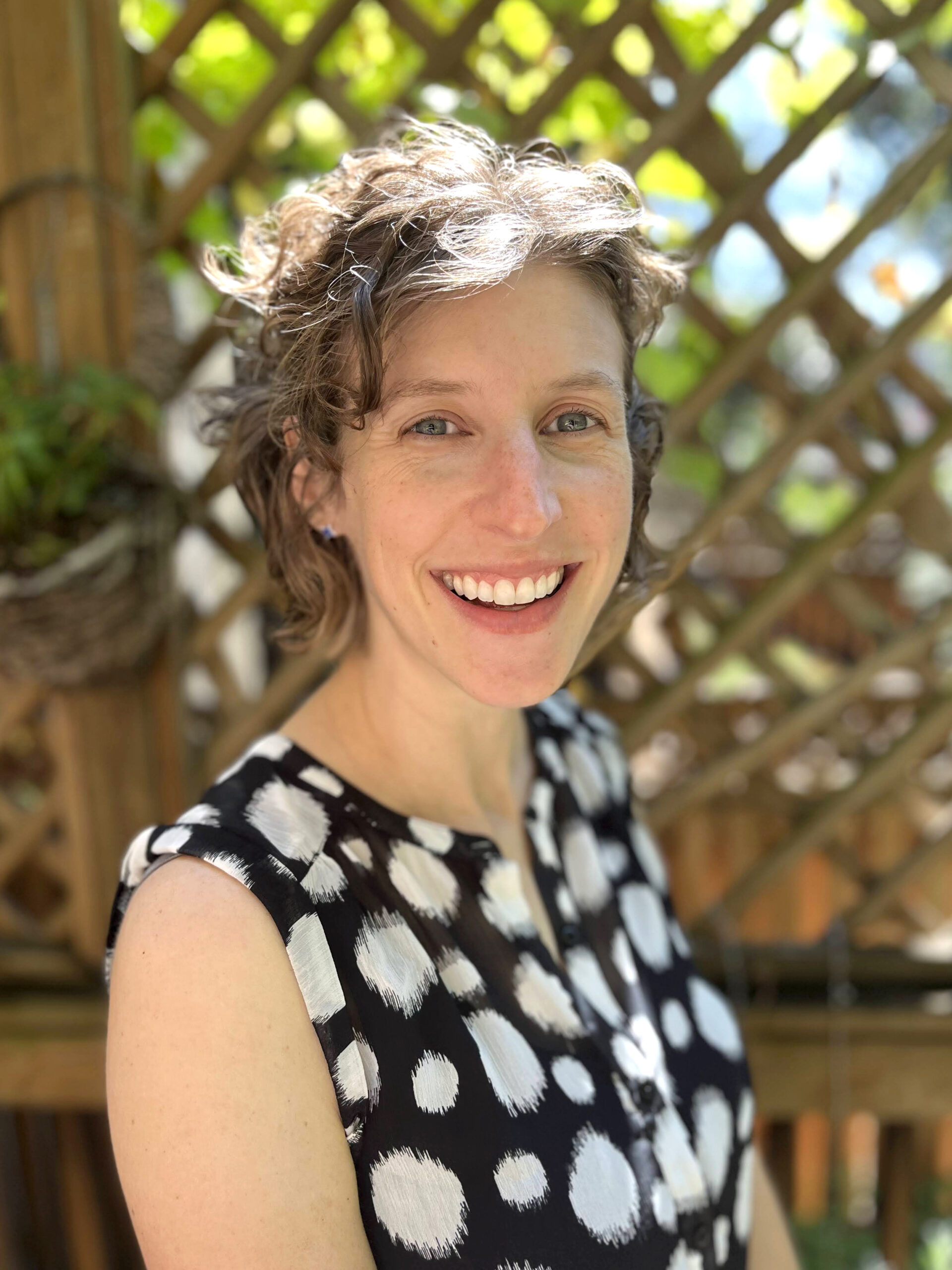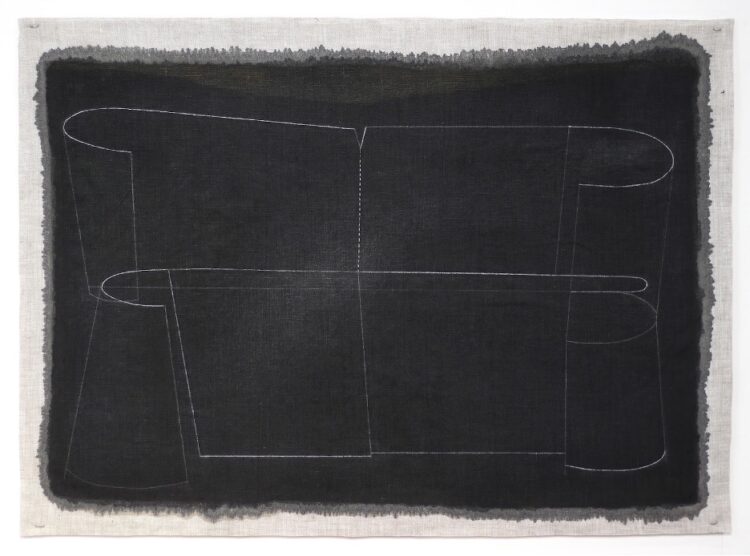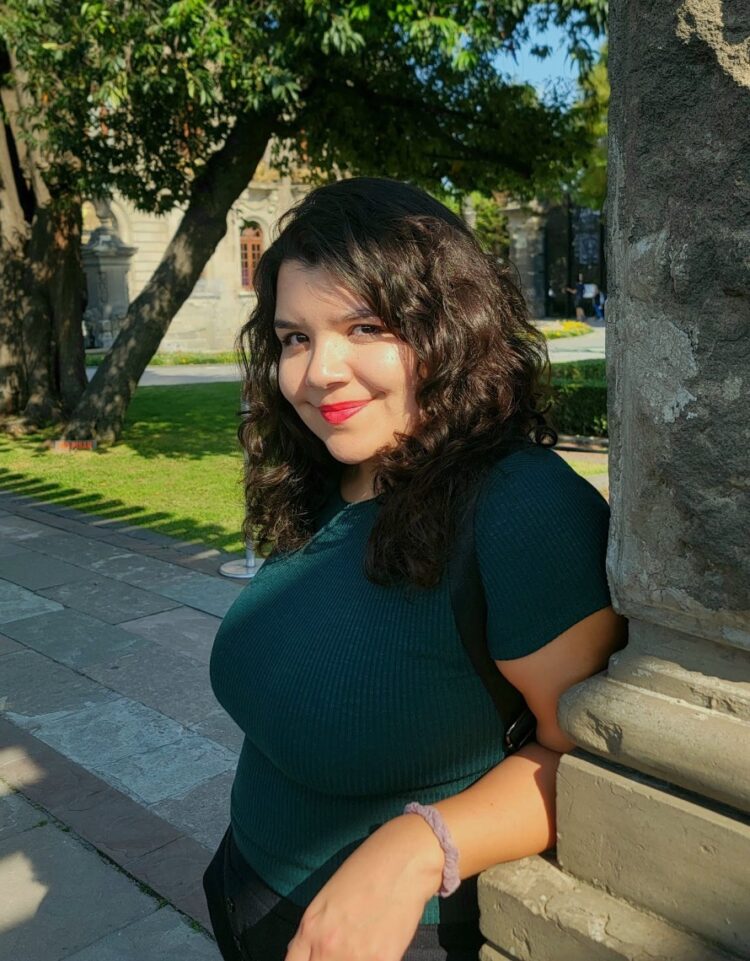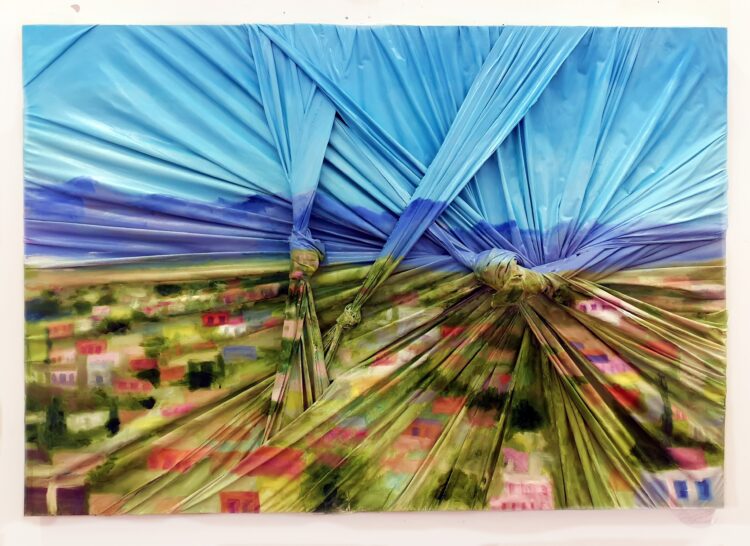The Phillips Collection is proud to announce our inaugural cohort for the CARD Fellowship, a collaboration between the Phillips, the Nicholson Project, and the DC Public Library to support the local art community. Meet artist Tina Villadolid, a multimedia artist from New York.
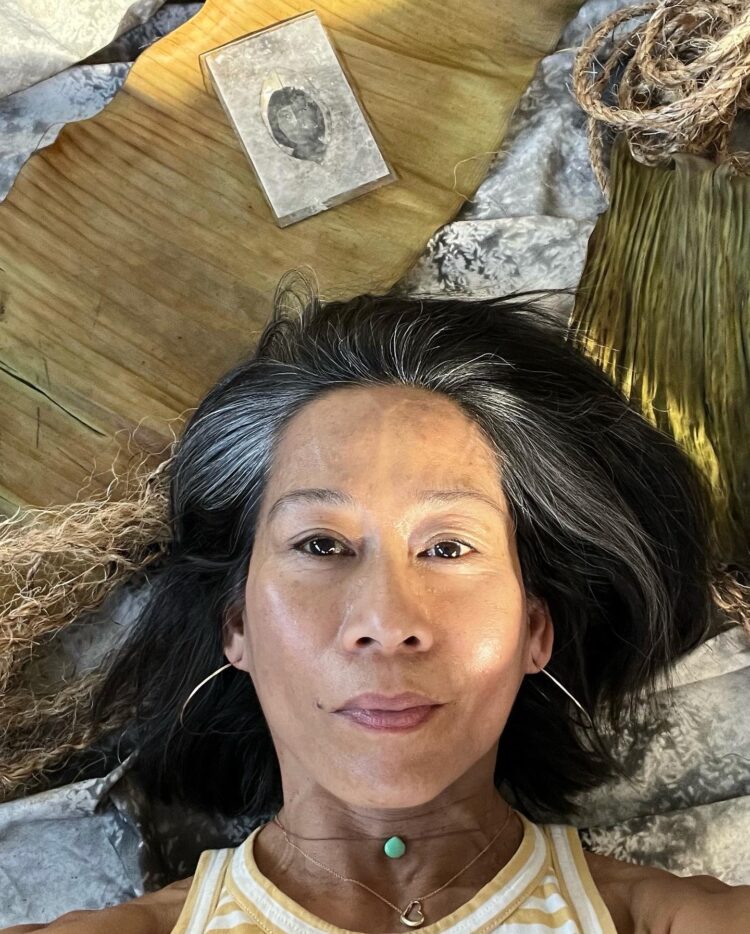
CARD Fellow Tina Villadolid
Could you tell us a little bit about your artistic background and journey so far?
I returned to graduate school after being a teaching artist for 23 years at the Santa Barbara Museum of Art. I brought the art museum into neighborhoods guerrilla style, eventually teaching the children of former students. Working with the marginalized generations of a wealthy community threw into question my own life’s relationships to systemic power hierarchies. It was time to return to myself, and my practice had to change. It became a reclamation of my inheritance as a Filipina American.
Researching trails of current US policy that began with the violent conquest of the Philippines 125 years ago begs a very personal reckoning with the duality of my identity. For reconciliation, I deploy what I call “ritual interventions.” Installation and action-based, site-specific and temporal, they re-embody memory of Philippine histories buried in plain sight in Washington, DC. At play with materials such as banana leaves, rice, and spray paint, I nod to my ancestors while challenging regimes of value. This memory work resists systemic erasure and invites collective healing in public spaces.
What are your ambitions and aspirations as an artist, and how do you think the fellowship can support you in achieving them?
Reclamation as a creative practice fosters conversation that is healing. An entry point for positive change, I want to keep exploring how expansive it can become. I hope to build relationships of reciprocity with collaborators and with communities through my work. The CARD Fellowship will greatly assist in this exploration while helping me to build relationships within the DC arts community.
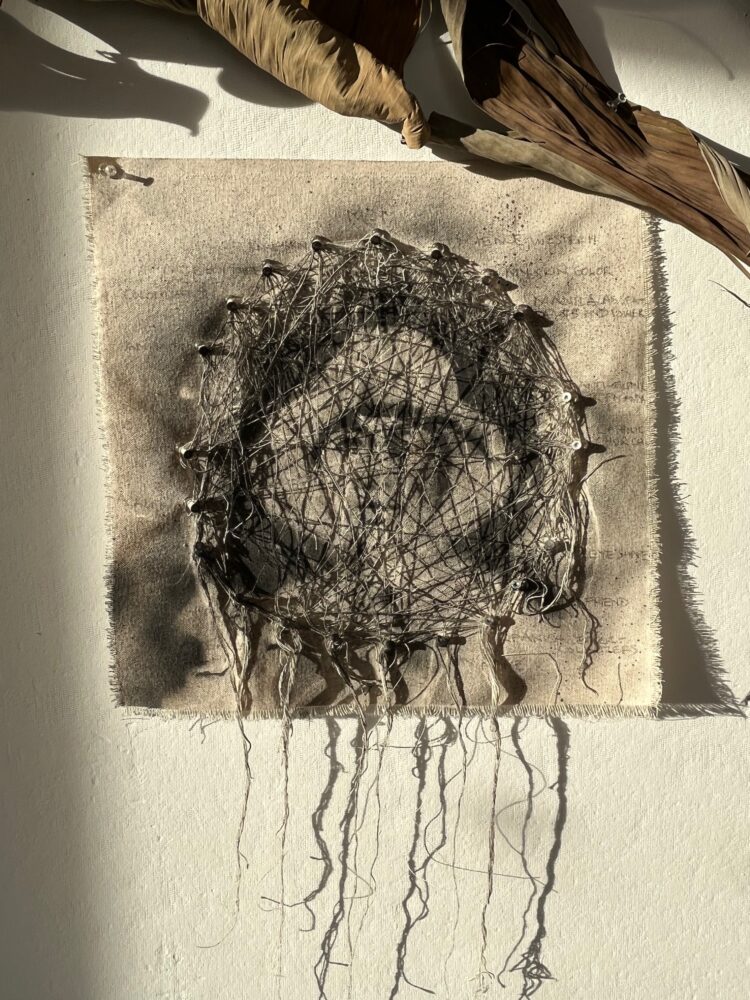
Tina Villadolid, Lola Legacies, remnant of the colonizer’s canvas, threads pulled from canvas, ebony pencil, rustoleum spray paint, tacks, 16 x 16 in.
How do you envision your art positively impacting the community?
The more I share my work, the more I wonder who else needs to see it. So much of my practice is done in isolation, so when the work sparks dialogues, it is incredibly meaningful. I find that my work is relevant not just for Filipinos, but for many who are questioning the way the United States teaches and remembers its own history. I would like my work to help broaden the scope of these dialogues and their relevance. In turn, it can manifest healing and agency for growth.
Which artist inspires you and has influenced your artistic journey so far?
Simone Leigh’s powerful and regal auto-ethnographic sculptures inspired me to focus the lens of my work on my own identity. I center the Filipina by reimagining an iconography of matrilineal ancestors. Female shamans were the leaders of communities on the archipelago now known as the Philippines, until conquest drove a violent shift to patriarchy. Using photographs of myself and my lolas (grandmothers), different forms of illumination, and soft and organic materials, I regenerate my lineage of the fierce feminine.
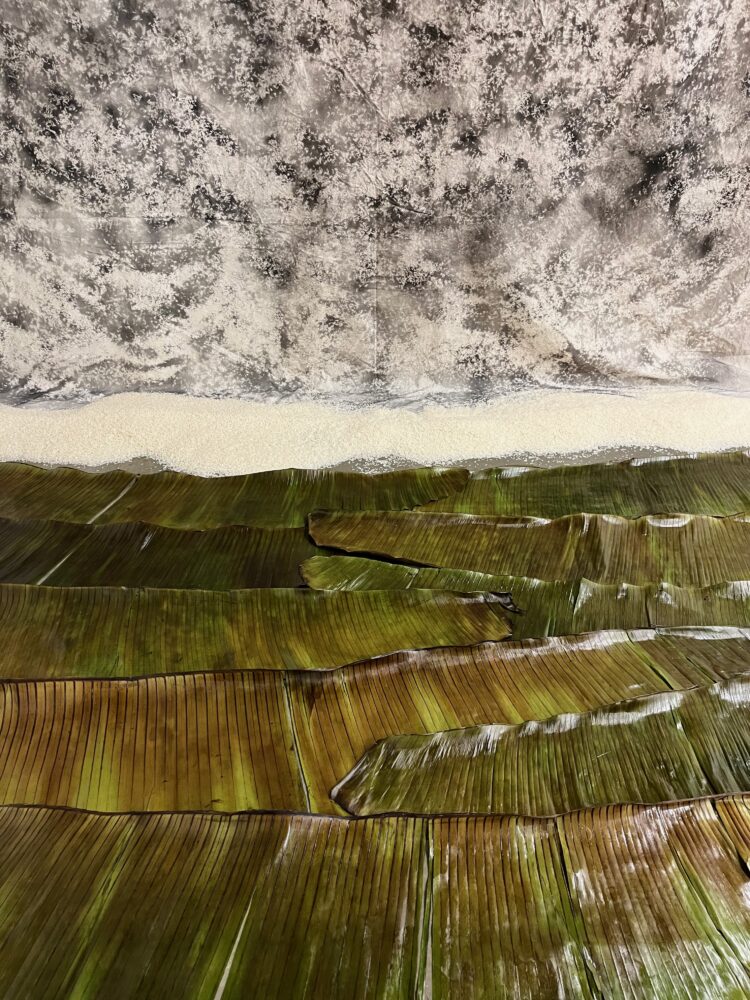
Tina Villadolid, detail from I Am an Archipelago, muslin, rustoleum spray paint, rice, preserved banana leaves, 13 x 12 x 4 ft.

